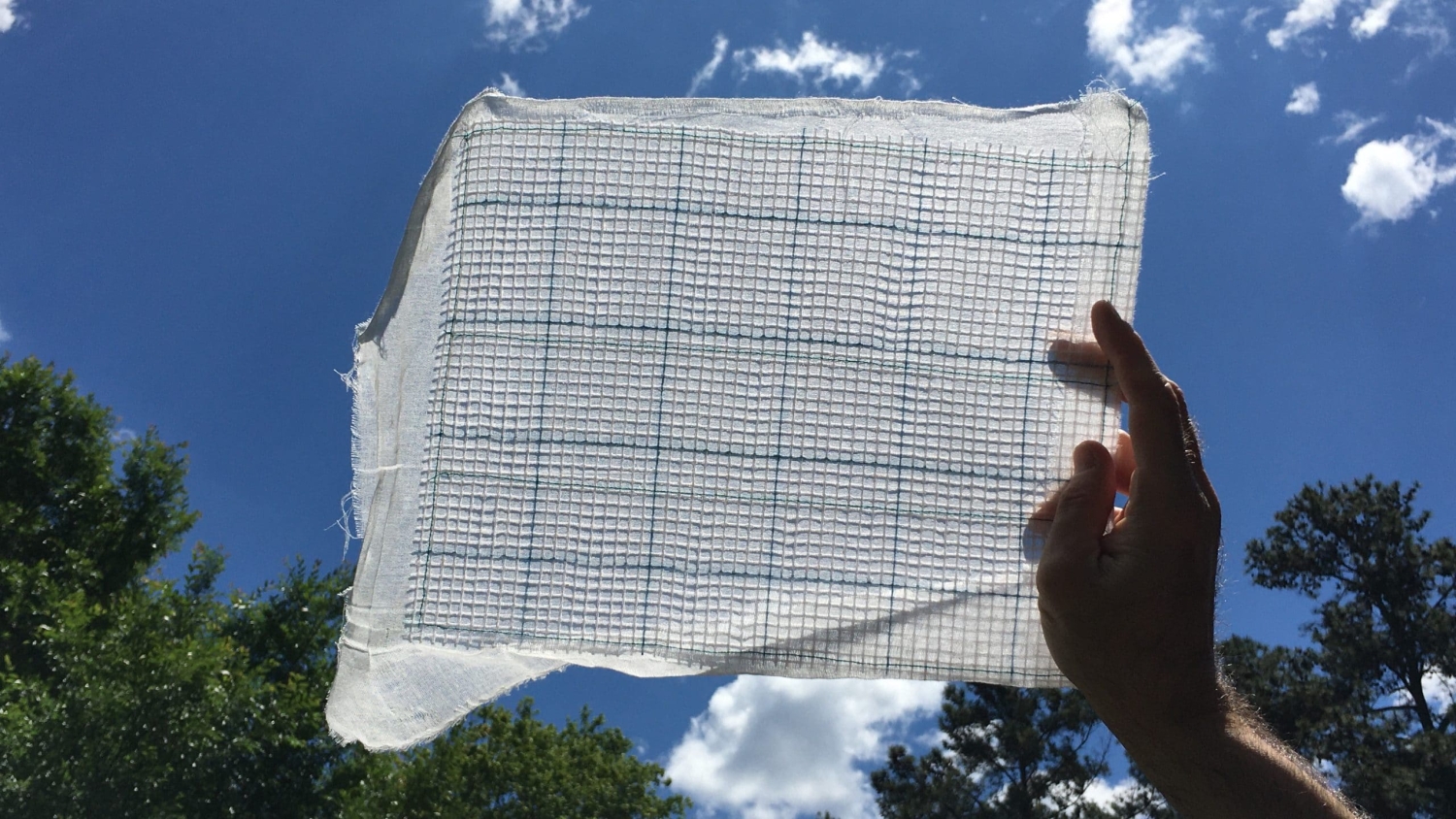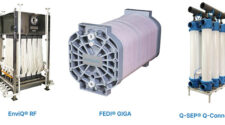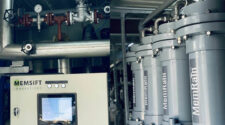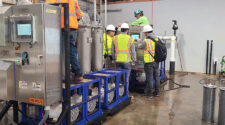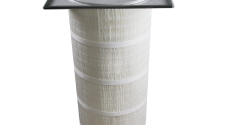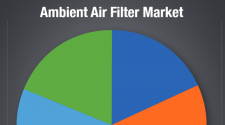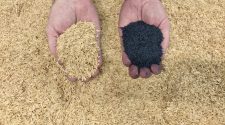North Carolina State University researchers found they could filter carbon dioxide from air and gas mixtures at promising rates using a proposed new textile-based filter that combines cotton fabric and an enzyme called carbonic anhydrase – one of nature’s tools for speeding chemical reactions.
The findings from initial laboratory testing represent a step forward in the development of a possible new carbon capture technology that could reduce carbon dioxide emissions from biomass, coal or natural gas power plants. And while the filter would need to be scaled up in size significantly, the researchers think their design would make that step easier compared with other proposed solutions.
“With this technology, we want to stop carbon dioxide emissions at the source, and power plants are the main source of carbon dioxide emissions right now,” said the study’s lead author Jialong Shen, postdoctoral research scholar at NC State. “We think the main advantage of our method compared to similarly targeted research is that our method could be easily scaled up using traditional textile manufacturing facilities.”
The centerpiece of the research team’s design for a proposed textile-based chemical filter is the naturally occurring enzyme carbonic anhydrase, which can speed a reaction in which carbon dioxide and water will turn into bicarbonate, a compound in baking soda. The enzyme plays an important role in the human body; it helps transport carbon dioxide so it can be exhaled.
To create the filter, researchers attached the enzyme to a two-layer cotton fabric by dunking the fabric in a solution containing a material called chitosan, which acts like a glue. The chitosan physically traps the enzyme, causing it to stick to the fabric.
The researchers then ran a series of experiments to see how well their filter would separate carbon dioxide from an air mixture of carbon dioxide and nitrogen, simulating levels emitted by power plants. They rolled the fabric into a spiral so that it can be shoved into a tube. They pushed the gas through the tube, along with a water-based solution. As the carbon dioxide reacted with the water in the solution and the enzyme, it turned into bicarbonate and dripped down the filter and the tube. Then, they captured the bicarbonate solution and routed it out.
When they pushed air through the filter at a rate of 4 liters per minute, they could pull out 52.3% of carbon dioxide with a single-stacked filter, and 81.7% with a double-stacked filter. While the findings are promising, they need to test the filter against the faster air flow rates that are used in commercial power plants. For comparison, a full-scale operation would need to process more than 10 million liters of flue gas per minute. The researchers are working with collaborators to test at a bigger scale and to compare their technology to other comparable technologies under study.


